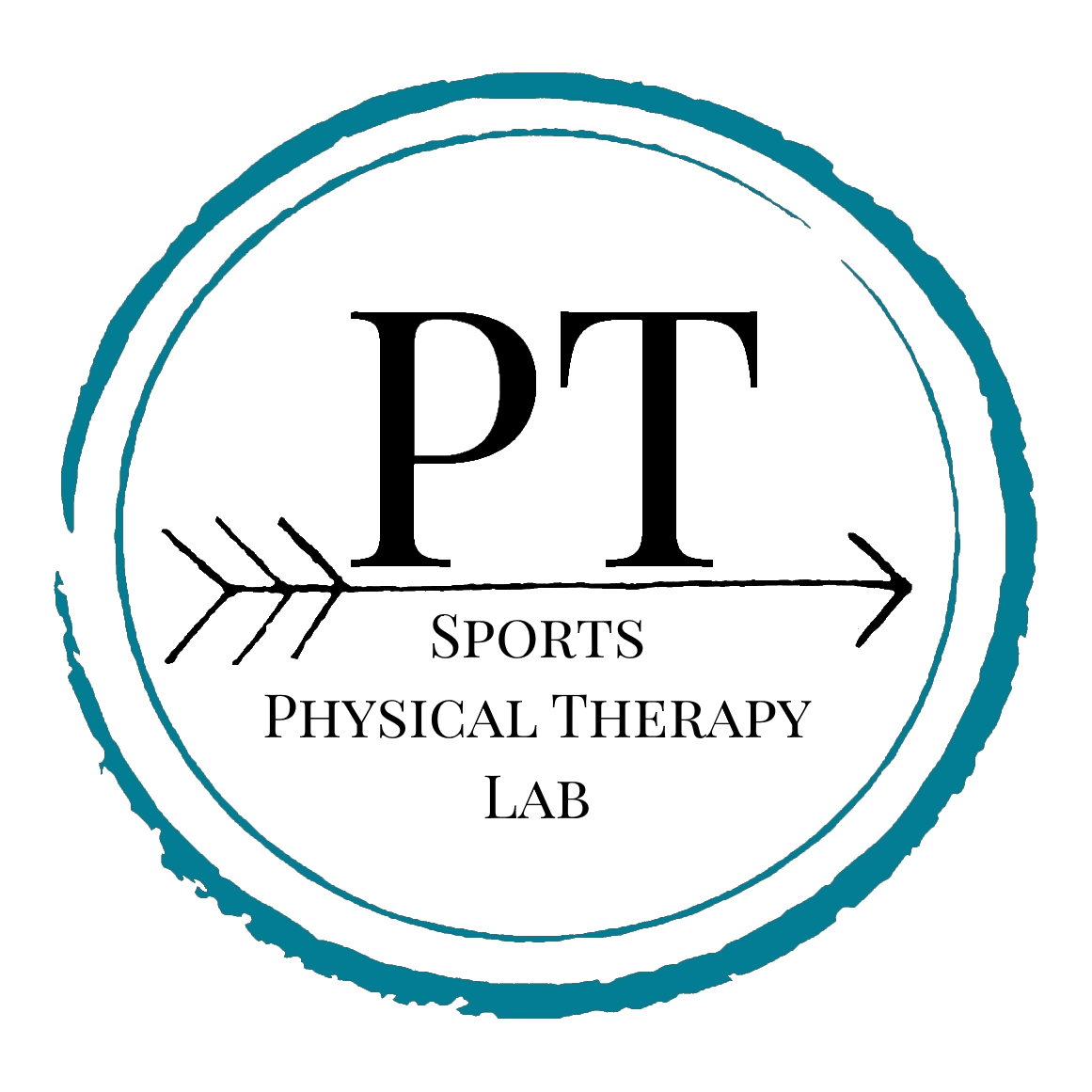Should I still ice and rest my injury?
Lately, through social media channels, I have noticed more and more promotion against icing that is done by fitness and healthcare professionals. I wanted to write a blog to bring clarity and reduce any confusion surrounding when to ice and whether it is appropriate. Sometimes, in this modern internet based world, we fall prey to articles or popular opinion. We are not quick to stop and think about what we are doing in closer detail and from one breath to the next we have moved on to another topic. I’ve been guilty of this too as I scroll through my Instagram feed!
To provide some background, the roots for icing have come from a longstanding protocol coined R.I.C.E. This acronym stands for rest, ice, compress, and elevate. It’s catchy and has been used by many to emphasize ice and rest post injury to manage symptoms and aide in recovery. Due to more research coming out and more knowledge on the subject, the creator of this acronym retracted his statements in 2015. This has created confusion and some staunch opposers to ice.
For my clients, I still recommend ice, but with a specific intent and purpose. It’s not to reduce inflammation. Inflammation is actually needed to heal tissue, and is a huge part of most treatment modalities used in Physical Therapy. We want blood flow in and out of an area to stimulate healing on a cellular level and inflammation is the body’s natural process to accomplish this. We know that ice causes vasoconstriction, which temporarily reduces blood flow. This will temporarily stunt the inflammatory process, but as you read further, is actually alright and can be helpful. Vasoconstriction specifically helps with reduction in pain. Have you ever strained your back and found ice to dramatically help reduce your symptoms? Vasoconstriction of blood flow is one of the reasons why this is effective. I advise ice usage for pain reduction and for brief periods of 10 minutes or less. The contrast of icing and then reheating an area through gentle movement helps to create an environment where blood is circulated through an injured area, promoting the inflammatory process, and allowing fresh blood flow to continue bringing nutrients and clearing out waste products.
Another key to recovery from injury, that complements icing, is progressive movement in a pain free manner. Resting completely from activity will not provide an ideal outcome and will often delay recovery. Instead, progressively loading tissue allows for healing to occur. The body responds to the forces applied to it and if we rest, then there is no signal to the body to maintain strength. As a result of resting, atrophy, weakness, adaptive shortening, and stiffening of tissue occurs. This is why progressive, pain free movement, is the way to go. If you are unsure what to do, ask a Physical Therapist. This is our area of expertise and we can help guide you in the recovery process.
Ice can also be helpful with recovery from a hard workout. Have you ever done an ice bath after a tough practice or game? It is uncomfortable at the time, but brings relief from soreness later. For the same reasons as if an injury is present, icing post game or practice reduces pain. It is also a natural and temporary anti-inflammatory. This way, you don’t have to take Advil or other NSAID’s (non-steroidal anti-inflammatories), which block your bodies inflammatory processes on a cellular level so you do not feel pain. As discussed above, we want inflammation to aide in the healing and recovery process. We want the contrast of blood flow stimulated by vasoconstriction and vasodilation. We want to continue moving and not become stagnant through inactivity. Forward progress may look like taking tiny steps. Stunting the inflammatory processes can lead to chronically injured, unhealthy tissue. Instead, we want to build strong and resilient bodies, which are tolerant to the forces and loads that life brings our way.
Thanks for taking the time to read this blog article! Please reach out with any questions or comments at drkristin@sportsptlab.com. I look forward to speaking with you!
